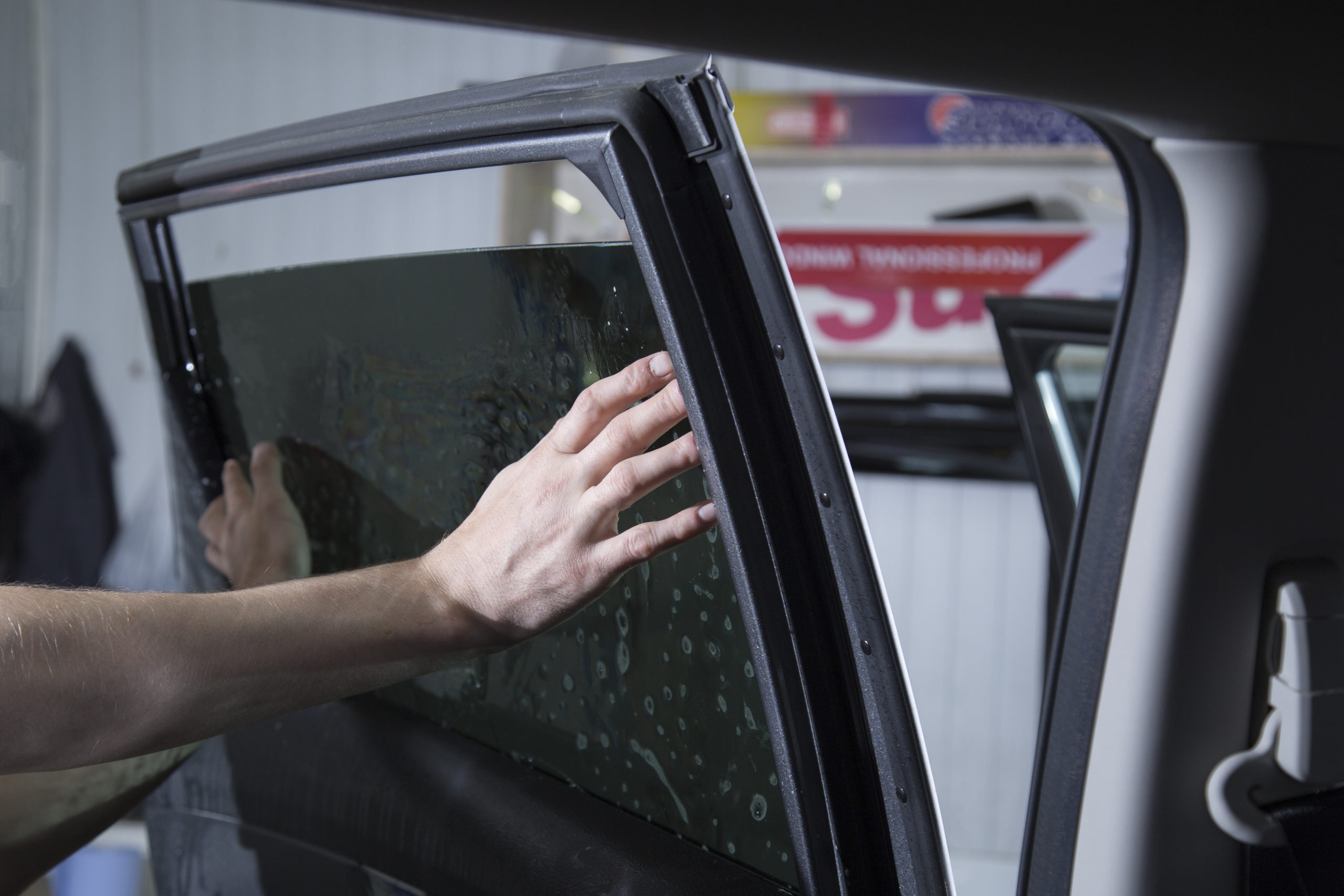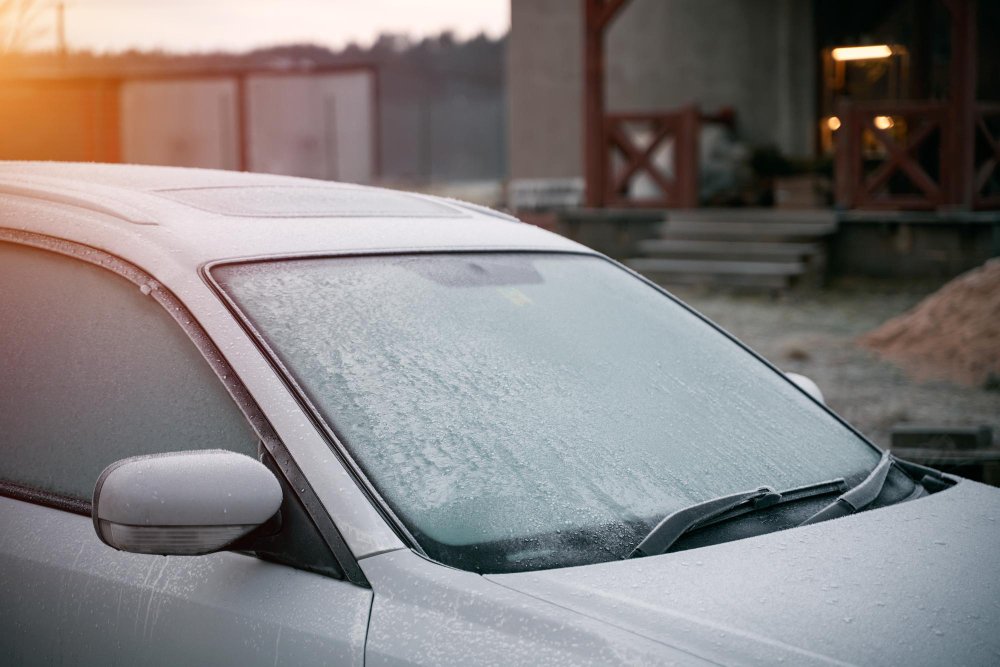How Automobile Window Tinting Can Raise the Resale Value of Your Cars and truck
How Automobile Window Tinting Can Raise the Resale Value of Your Cars and truck
Blog Article
Window Tinting Regulations and Standards: What You Required to Know Before Tinting Your Auto
Prior to continuing with home window tinting for your car, it is vital to acquaint on your own with the varied regulations and guidelines that regulate this method across various states. These guidelines determine the allowable degrees of tint darkness, typically gauged by noticeable light transmission (VLT) percentages, and include details stipulations for front windshields aimed at ensuring road safety. In addition, specific territories might use medical exemptions for people with qualifying problems. Recognizing these complexities can conserve you from prospective legal ramifications, but what are the details guidelines in your state?
Overview of Window Tinting Laws
Window tinting legislations are frequently subject to variant throughout various territories, reflecting neighborhood policies and security factors to consider. These laws determine the permissible levels of tint darkness and reflectiveness on car windows, making certain that motorists keep sufficient visibility while likewise securing against dangerous UV rays and heat.
Most policies classify window tinting based upon the Visible Light Transmission (VLT) percent, which suggests the quantity of light that can go through the window. Generally, reduced VLT percents symbolize darker colors. Laws frequently separate in between the front, side, and back home windows, with stricter limitations put on the front windshield to improve safety for both the chauffeur and other roadway individuals.
In addition, some jurisdictions impose constraints on the reflectivity of the color, preventing too much glare that might impair visibility. Exemptions to these laws may exist for people with specific clinical problems requiring added sun defense. Compliance with window tinting regulations is important, as violations can lead to penalties, required elimination of the tint, and prospective rises in insurance premiums. It is vital for vehicle owners to acquaint themselves with neighborhood regulations before proceeding with window tinting installations.
State-by-State Color Regulations
Comprehending the certain window tinting guidelines in each state is essential for vehicle owners seeking to follow the regulation. Each state in the united state has actually established its very own collection of regulations controling home window tinting, which can differ significantly. These regulations frequently dictate the permitted levels of color darkness, the sorts of windows that can be tinted, and any medical exceptions that may apply.
For instance, states like The golden state have rigid restrictions on color darkness for front windows, while others, such as New Mexico, might permit darker colors. In addition, particular states mandate specific presence portions for various windows, including the windshield, front side home windows, and rear home windows. It is critical for vehicle proprietors to familiarize themselves with their state's laws to stay clear of possible fines or fines.
Additionally, some states may require an accreditation sticker to be put on colored home windows, suggesting compliance with state laws. Failing to comply with these policies not just takes the chance of legal repercussions yet can additionally affect security and exposure while driving. Consequently, automobile proprietors should carry out extensive study or speak with neighborhood authorities to ensure full understanding and conformity with state-by-state tint laws.
Allowed Color Kinds and levels
Many automobile proprietors may be stunned to discover that permitted tint levels and kinds differ extensively across different states. Each state has actually developed its own guidelines regarding the permissible darkness and reflectivity of window color, typically gauged by Visible Light Transmission (VLT) percentages. VLT describes the quantity of light that can travel through the tinted windows; therefore, a reduced portion shows a darker color.

Moreover, the sorts of tint products enabled can vary, with some states banning mirror-like or metallic surfaces. It is important for see this website vehicle proprietors to acquaint themselves with their state's certain laws to make certain conformity. Non-compliance can lead to fines, obligatory removal of the tint, or various other lawful consequences, making it critical to comprehend these guidelines before continuing with setup.
Medical Exceptions for Tinting
While not all states provide allocations for medical exceptions pertaining to home window tinting, those that do identify the requirement for specific individuals to improve visibility and convenience due to clinical problems. Numerous medical conditions, such as lupus, skin cancer, and particular eye problems, can render people specifically conscious sunlight. Consequently, these individuals might require darker colors to secure themselves from dangerous UV rays and glare.

It is essential to keep in mind that despite having a medical exemption, there might still be constraints on the level of color enabled. Compliance with state laws makes sure that people are both protected and within legal restrictions. Those thinking about clinical exceptions should contact their regional Division of Electric motor Cars or equivalent authority to recognize the requirements and treatments needed to apply for an exception successfully.
Fines for Non-Compliance
Falling short to comply with home window tinting legislations can lead to substantial charges, which vary by state. Police are empowered to issue citations for automobiles that do not follow the specified tinting laws. visit the site These charges usually include penalties, which can vary from moderate total up to several hundred bucks, depending upon the severity of the infraction and the state in question.
In some territories, repeated offenses may cause intensifying penalties or additional penalties, such as obligatory court looks. Additionally, non-compliance might necessitate the removal of prohibited tinting, commonly at the proprietor's expense. In severe cases, habitual offenders may encounter suspension of their lorry registration up until compliance is achieved.
Additionally, insurance implications may develop from receiving multiple citations for home window color infractions. Insurers may watch such violations as a sign of riskier behavior, potentially leading to raised costs or trouble in insurance coverage.
To stay clear of these charges, it is essential for automobile proprietors to familiarize themselves with their regional window tinting laws and guarantee that their automobile complies (Window Tinting). This positive strategy not just stays clear of legal ramifications yet likewise promotes roadway safety
Verdict

Many policies identify window tinting based on the Visible Light Transmission (VLT) portion, which indicates the quantity of light that can pass through the window. Conformity with window tinting policies is vital, as offenses can result in fines, required removal of the color, and potential rises in insurance premiums.Comprehending the particular home window tinting laws in each state is important for car owners seeking to conform with the law. These laws frequently dictate the allowable levels of tint darkness, the types of windows that can be tinted, and any medical exceptions that may apply.
For instance, states like The golden state have rigid constraints on color darkness for front windows, while others, such as New Mexico, may permit darker colors.
Report this page